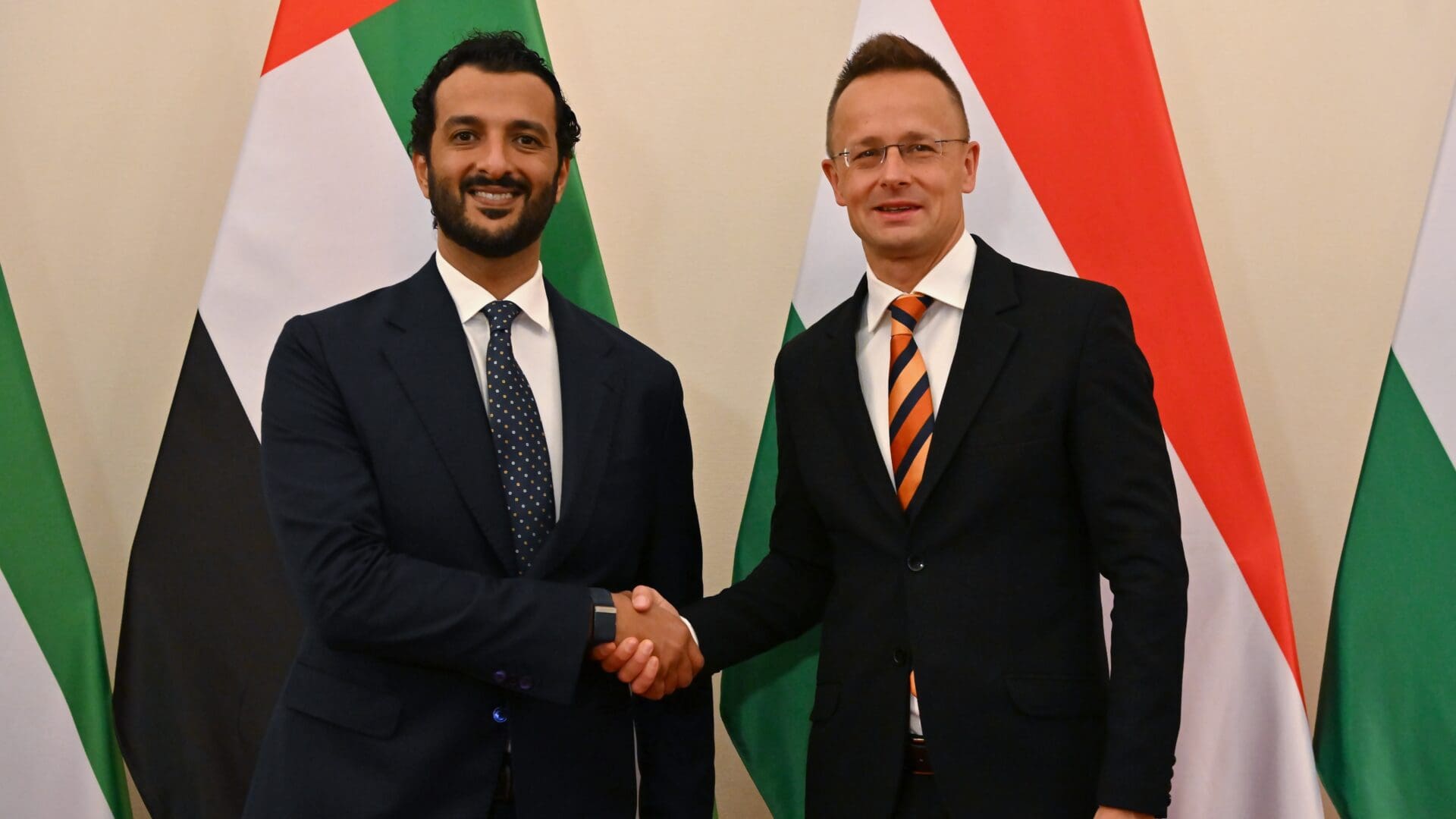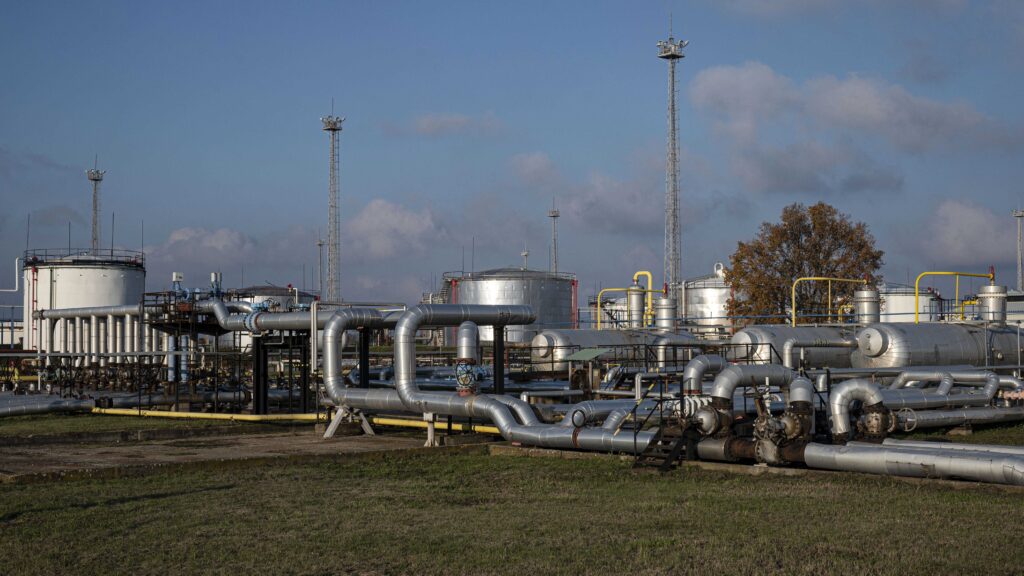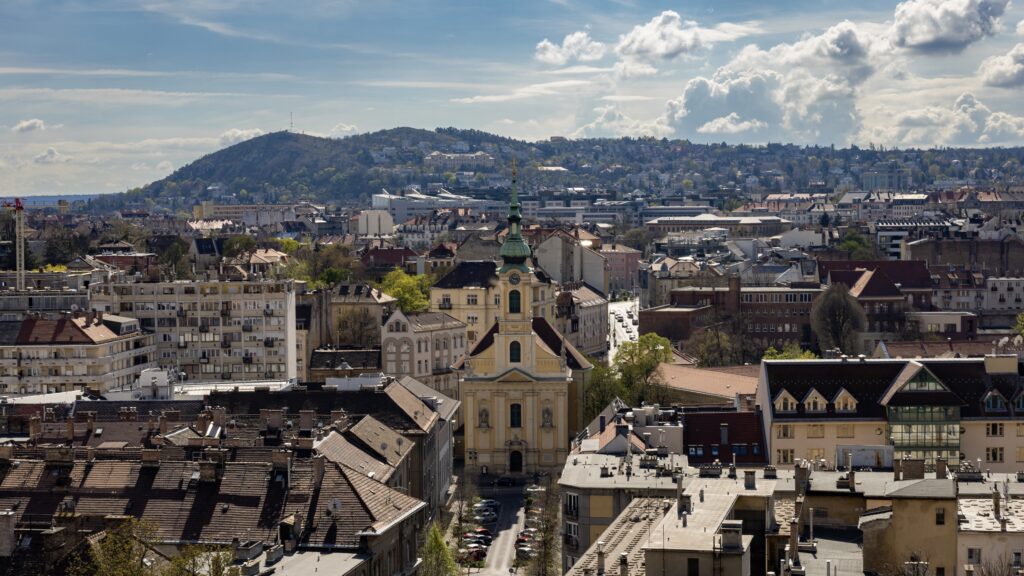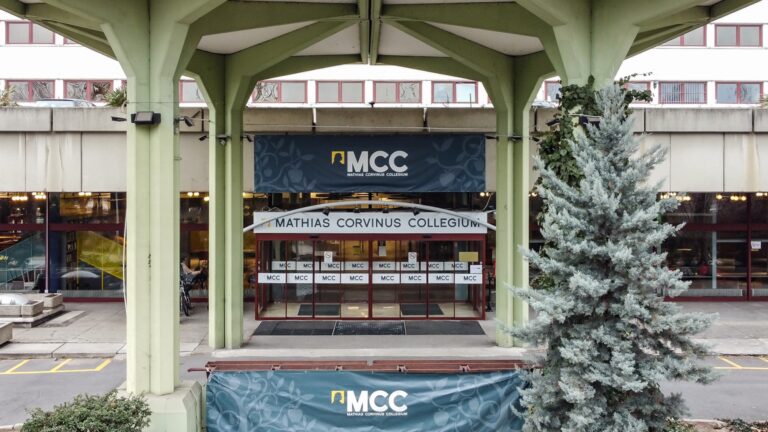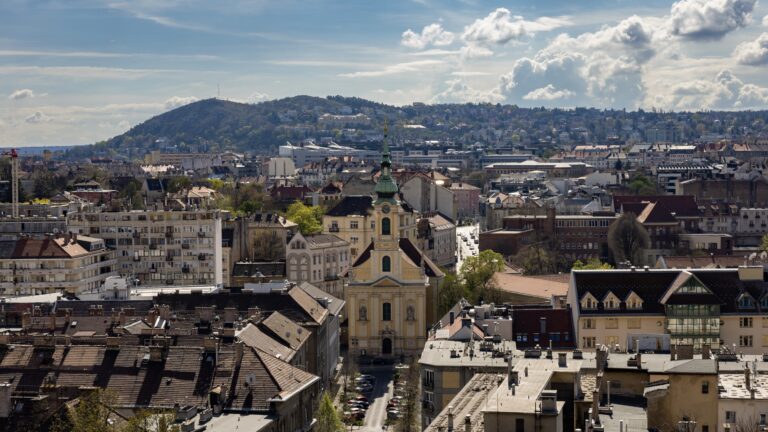Budapest is expected to experience significant growth in infrastructure in the upcoming years, which is anticipated to attract a large volume of investments to the city. This development will further enhance Budapest’s role as a key airline and railway hub in the region.
On 21 June in 2024 a joint press conference was held by UAE Minister of Economy Abdulla bin Touq Al Marri and Hungarian Minister of Foreign Affairs and Trade Péter Szijjártó. During the conference, an agreement to deepen bilateral relations through agricultural cooperation was announced. The ministers also highlighted the significance of the New Millennium Centre construction project in Budapest, which is backed by a substantial investment of 5 billion EUR from the UAE. The construction of the new urban district near Rákosrendező will further
enhance Budapest’s investment potential, improve the quality of life for its citizens, and upgrade the city’s transportation system.
This agreement, reached in March 2024, envisions the creation of a new urban district near the Rákosrendező railway station in Budapest. The project is expected to elevate Budapest into the ranks of major modern cities with more developed infrastructure. Spanning an area of 130 hectares between the 13th and 14th districts, this development aims to transform a relatively underdeveloped part of the city into a central urban hub.
Hungarian Minister of Construction and Transport János Lázár noted in December 2023 at a press conference that the project allocates 600–650,000 square metres for development by the foreign investor, including office buildings, apartments, and commercial properties. Additionally, the plan includes constructing a park covering 250–350,000 square metres, which will become the largest park in the capital. The renewal of the railway station and the extension of the M1 metro line are also part of the project. These measures are expected to significantly enhance Budapest’s appeal to foreign investors by creating new investment opportunities. Furthermore, the project will improve the quality of life for residents by providing the largest park in the city and enhancing the transportation system.
Given the size of the economy and the concentration of a significant share of Hungary’s population in the capital city, it is crucial for the country to further develop its potential. Budapest accounts for more than a third of Hungary’s total GDP and around 18 per cent of the country’s population, playing a pivotal role in the nation’s economic development. According to data from the Hungarian Central Statistical Committee, in 2022, Budapest accounted for 36.7 per cent of Hungary’s total GDP. This is significantly greater than the second largest contributor, Pest County, which accounted for 11.8 per cent of the total GDP. The GDP of Budapest is almost equal to the combined GDP of the next seven largest counties in the list.
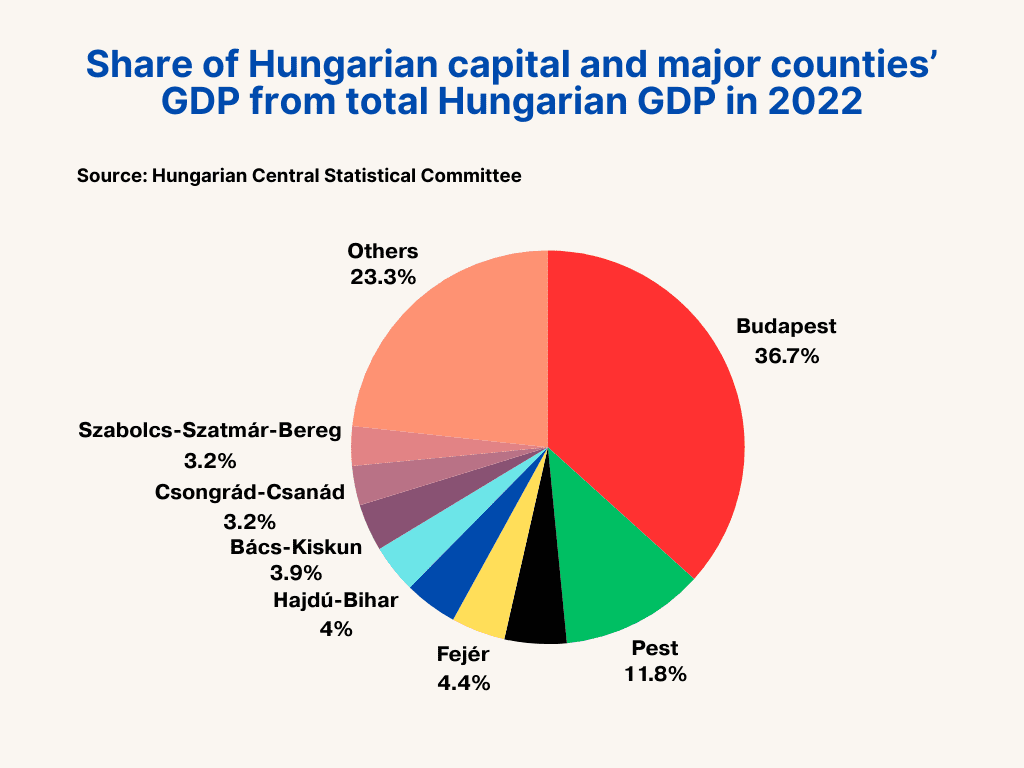
At the same time, the Hungarian capital accounted for 17.6 per cent of the country’s total population, making it the most populated city in Hungary. Unlike GDP figures, the second most populated region, Pest County, is not far behind Budapest, accounting for 13.7 per cent of the total population. The population share of Budapest is smaller than the combined share of the next two most populated counties.
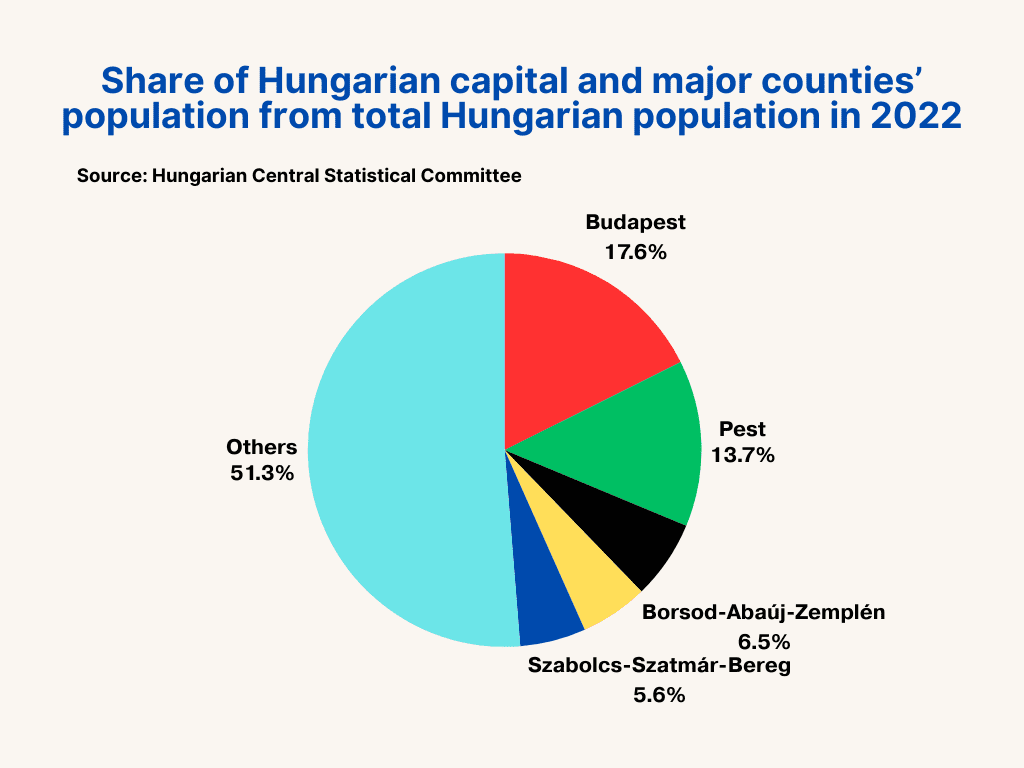
While the population figures are not as stark as the economic data, they underscore the significance of the capital’s contribution to the national economy. Although Budapest comprises only 17.6 per cent of Hungary’s population, it generates 36.7 per cent of the country’s total GDP. This disparity highlights the capital’s pivotal role in driving Hungary’s economic output.
Budapest is expected to expand its role in regional and global transportation. This will be facilitated through
its rising prominence as one of the major airline and railway hubs in Europe.
The expected investment attraction and infrastructure development are not the only ways Budapest is set to increase its economic importance. Significant steps are also being taken in the field of transportation. One such initiative is the ongoing construction of the Hungary–Serbia railway, which will run from Budapest to Belgrade. Both Hungary and Serbia have secured Chinese funding, with loans amounting to 2 billion USD and 1.8 billion USD, respectively. Initially projected to be completed by the end of 2026, the Serbian section may be finalized by the end of 2024, and the Hungarian section by the end of 2025. This will make the city of Belgrade accessible from Budapest within only 3.5 hours, effectively providing the Southern Balkans with a connection to Central Europe via Budapest.
Another step is the acquisition of the majority share ownership of Liszt Ferenc International Airport in Budapest. As a result of negotiations between Hungarian Corvinus International Investment Ltd and French VINCI Airports over two rounds, a deal has been reached with an international group of vendors, including AviAlliance (a German airport operator), GIC (Singaporean sovereign wealth fund), and CDPQ (Canadian pension fund). The Hungarian Ministry for the National Economy announced on 6 June in 2024 that the deal marks the single largest economic transaction of the post-communist period. As a result of the agreement, the Hungarian state acquired an 80 per cent share, and its French co-investor acquired a 20 per cent share of the airport. This is a significant step for economic development, given the growing importance of the city as an airline hub that is expected to generate greater revenue.

